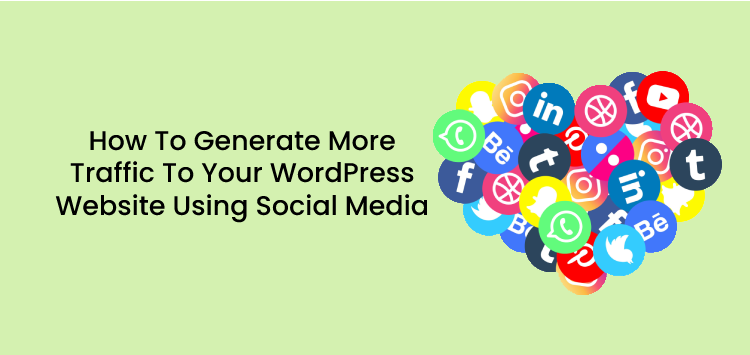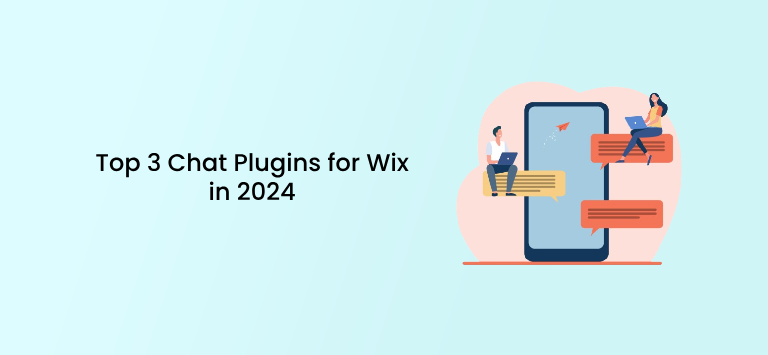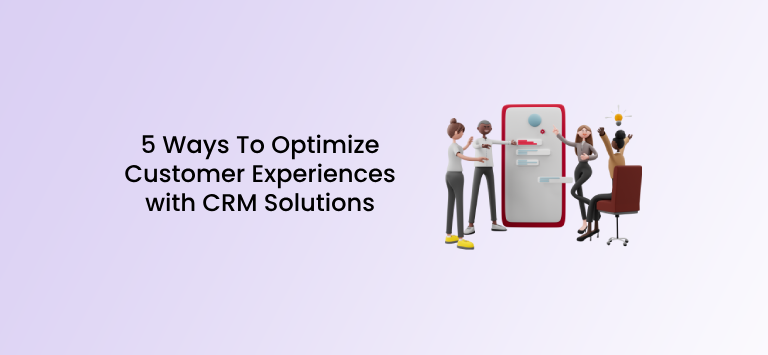The problem with Google SEO is that you never really know what Google is cooking and how that could affect your rankings. The search engine giant releases dozens of updates every year, leaving most website owners playing catch up. In fact, some lose a significant portion of their organic traffic with each update.
Therefore, one of the best ways to stabilize your website’s traffic and ensure it never runs out of incoming leads is to diversify your traffic sources. That’s why some website owners are doubling down on owned media like email.
Social media has also proven to be an exceptional source of traffic. A great social media strategy can help supplement your SEO and other marketing efforts to drive more qualified traffic to your website.
Read on as we discuss.
6 Effective Ways to Generate More Social Media Traffic
1. Consistently Engage With Your Target Audience
Social media thrives on engagement. Users are on these platforms to have a good time interacting with their friends and the brands they like. The social media platforms themselves want more people to engage with the content to stay within the platforms.
Therefore, to make it on social media, you must consistently engage with your audience. That simply means publishing content consistently while also interacting with users. The last bit is particularly important, especially if you want to grow your social media audience.
For instance, if you run your small business with a WordPress website, don’t just publish a post a link and leave it at that. If users are interacting in the comments, join the conversation and address any questions they may have.
What if your posts are getting no engagements? Well, have you considered taking a different approach with your content type? Social media platforms provide different features that make it easier for brands to capture their audience’s curiosity and consequently engage customers on their website through outgoing links.
For example, Instagram lets you publish polls and quizzes. You can also tell your audience to ask you questions. Twitter and YouTube also support polls.
Source: Instagram
Whatever platform it is, take advantage of the different content types to boost the engagement of your social media posts. And as more people engage with your fun content, they’ll become avid followers. You’ll also gain more followers, and more of them will be open to clicking the links in your posts.
2. Make It Easy For Users To Share Your Content
Most social media-savvy individuals love to share content they either find amusing, informative, or silly. That begs the question; if someone saw a post on your website and wanted to share it, how easy would it be for them to share the content with their social media followers?
For your content to get more shares, it must be engaging and easy to share. You can achieve this by adding share buttons to your blog posts so that people that engage with your posts can easily share them. It’s a simple yet effective technique used by all top brands, including SaaS companies like Shopify.
Source: Shopify.com
Install a social media WordPress plugin like My Sticky Elements to add social sharing buttons to your WordPress site. This will enable more users to share the content hence giving it more exposure. That allows even more social media users to come across it and possibly visit your website.
3. Optimize Your Social Media Profile
If you would invest in optimizing your website conversions, then optimizing your social media profile shouldn’t be overlooked. This is another easy technique for boosting social media traffic to a WordPress website.
Social media users may come across your content in different ways. For example, if you have an NGO and someone comes across an interesting post of it on social media, they are likely to click through to view your profile. This highlights the importance of having a strong and engaging presence on social media, especially in the context of Instagram marketing for nonprofits, in this case. It could be that one of their followers retweeted your content into their feed. Or someone else reshared one of your IG or Facebook stories. It’s also possible that it appears on the “For You” page, where users see content from accounts they don’t follow.
Now, what do you think some of these people will do once they come across one of your interesting posts? They’ll most probably click through to view your social media profile.
As such, it’s critical to optimize your profile and ensure it provides all the details one would want to know about your business. Obviously, you’ll need a display picture, header, and a nice, catchy bio. You can also apply the psychology of color when designing your profile for a more cohesive feel. But even more important, you’ll need a link that users can click to learn more about your business.
Check out this example of an optimized social media profile.
Source: Omniconvert
Audit all your social media profiles to include all the necessary details. Also, make sure the profile aligns with your brand voice and overall branding style. It’s essential to show some consistency as users move from your profile to your website.
4. Post Regularly When Your Audience Is Active
Unfortunately, it’s not enough to post consistently and regularly. You must also know when your users are usually most active. Then, time your posts to ensure they are seen by as many of your target users as possible.
Luckily, social networks provide robust analytics tools that can help you pin down the specific times your posts get the most impressions and engagement. Monitor these analytics to find your ideal posting time. You can also rely on industry benchmarks to find your sweet spot.
What about frequency? How often should you post? Well, that usually depends on the specific social media channel in question. But here’s an infographic to give you context:
We recommend experimenting with different posting frequencies to find the ideal option for your specific audience.
Here’s a bonus tip; don’t limit yourself to sharing the same post only once. This is a mistake most marketers make. If you have a great blog post and you already shared it when it went live, don’t be afraid to reshare it a few days, a week, or even months later.
5. Use #hashtags Effectively
Hashtags gained popularity on Twitter and are now used across platforms to draw attention and promote items. It’s also easier to organize posts that share something in common using hashtags.
Let’s say someone is interested in learning more about southern recipes. A hashtag can help narrow down that search to all content that includes any hashtags on southern food. This makes it easier for people to follow such pages and engage efficiently.
However, it’s not enough to use just any hashtag. It won’t also be productive to create one that simply sounds nice, either. Rather, look for relevant and trendy hashtags that have gained traffic over time. One surefire way to do that is by checking out what works for the competition. This should give you an idea about what is already popular.
Another way to gain insight into what’s working is by scanning through the pages of your top followers and finding out what hashtags they tend to use.
Additionally, you can search for a general keyword relevant to your niche on Instagram mobile and then navigate to “Tags” This will show you hashtags within that niche and the number of posts they get.
Including hashtags in your posts essentially exposes you to a wider audience. So, in the same way you would use relevant keywords to optimize a post on your blog, pick relevant hashtags and include them in your social posts.
6. Include Visual Items Within Your Posts
Visual content performs exceptionally well on social media. The stats speak for themselves.
Think about it. A picture may communicate better than plain text, especially for people who aren’t avid readers.
Consistent, educational, or entertaining videos will do even more for you than lengthy texts. Major brands like Etsy and Zoom use reels and informative videos to educate and entertain their followers.
Plus, visuals don’t just educate. They make your brand more relatable and memorable and keep posts engaging and attractive. And it doesn’t always have to be a well-produced and edited video. An infographic, presentation, or informative image can be just as effective.
Also, don’t just focus on selling your business page. Get personal and post a few tidbits about your company, like your team and some behind-the-scenes footage.
For example, you could share a “how it’s made video” like Warby Parker.
Furthermore, if you are selling a product or service on your WordPress website, think about going live every now and then. Live videos also make the face behind the brand more real and relatable.
If you’re feeling extra generous, advertise a giveaway prior to the live session. Better still, run the giveaway on the WordPress website to divert the social media traffic there. Even a 10% discount for the first ten people who join would attract a lot more traffic than you can imagine.
In Closing
Generating more traffic for your WordPress website may seem like hard work, and it probably is. However, it’s nothing a good strategy can’t solve. But don’t just stop at social media. Be sure to keep the tempo up when they reach your website. Engage with them through live chat, show relevant offers that interest them and keep them coming back for more.
In this review, we discussed how you could diversify your website traffic sources with social media traffic. You learned how posting consistently, introducing social share buttons, optimizing your social media profile, and posting when your users are active can increase your website traffic.
We also showed you how to use hashtags and visual content to generate more social media traffic.
It’s now time to put these actionable tips into practice. Good luck.
Author Bio: Harry leads the digital marketing team at Twicsy, a site providing services to Instagram users. He enjoys travelling and relaxing with friends in his spare time.









